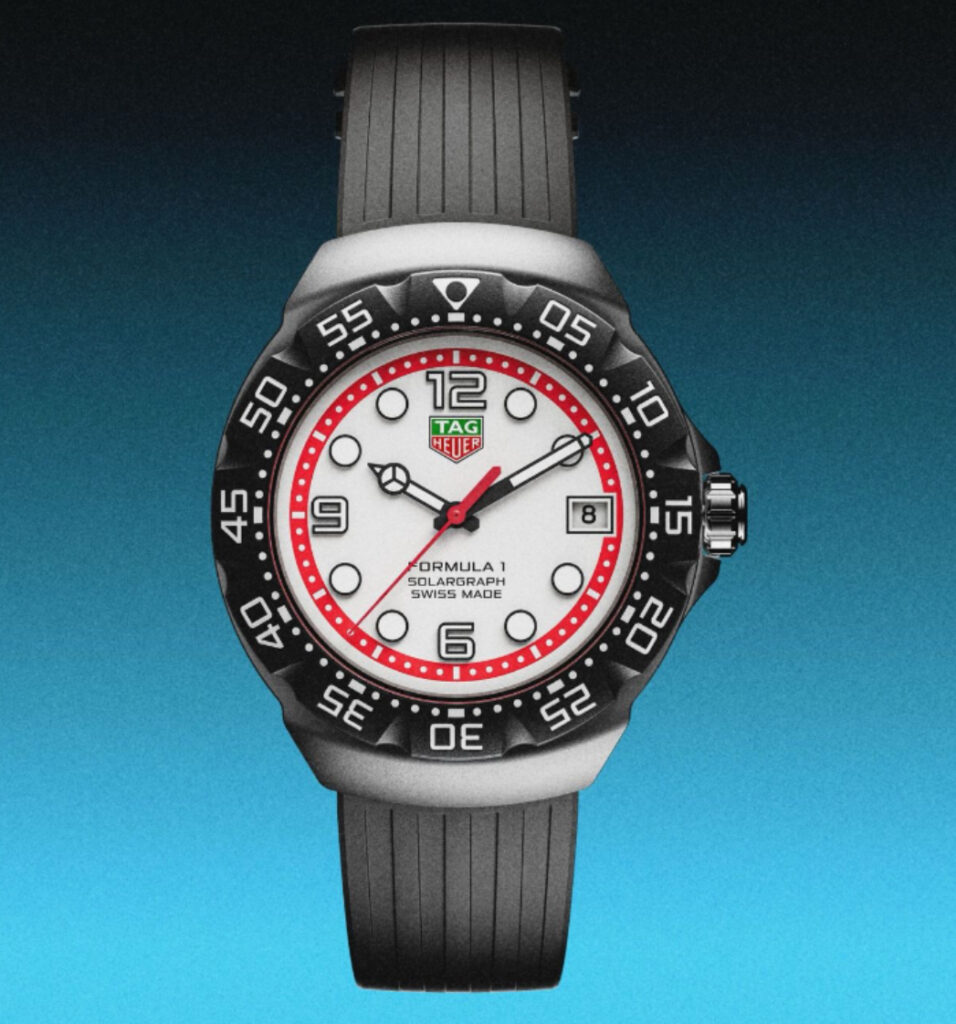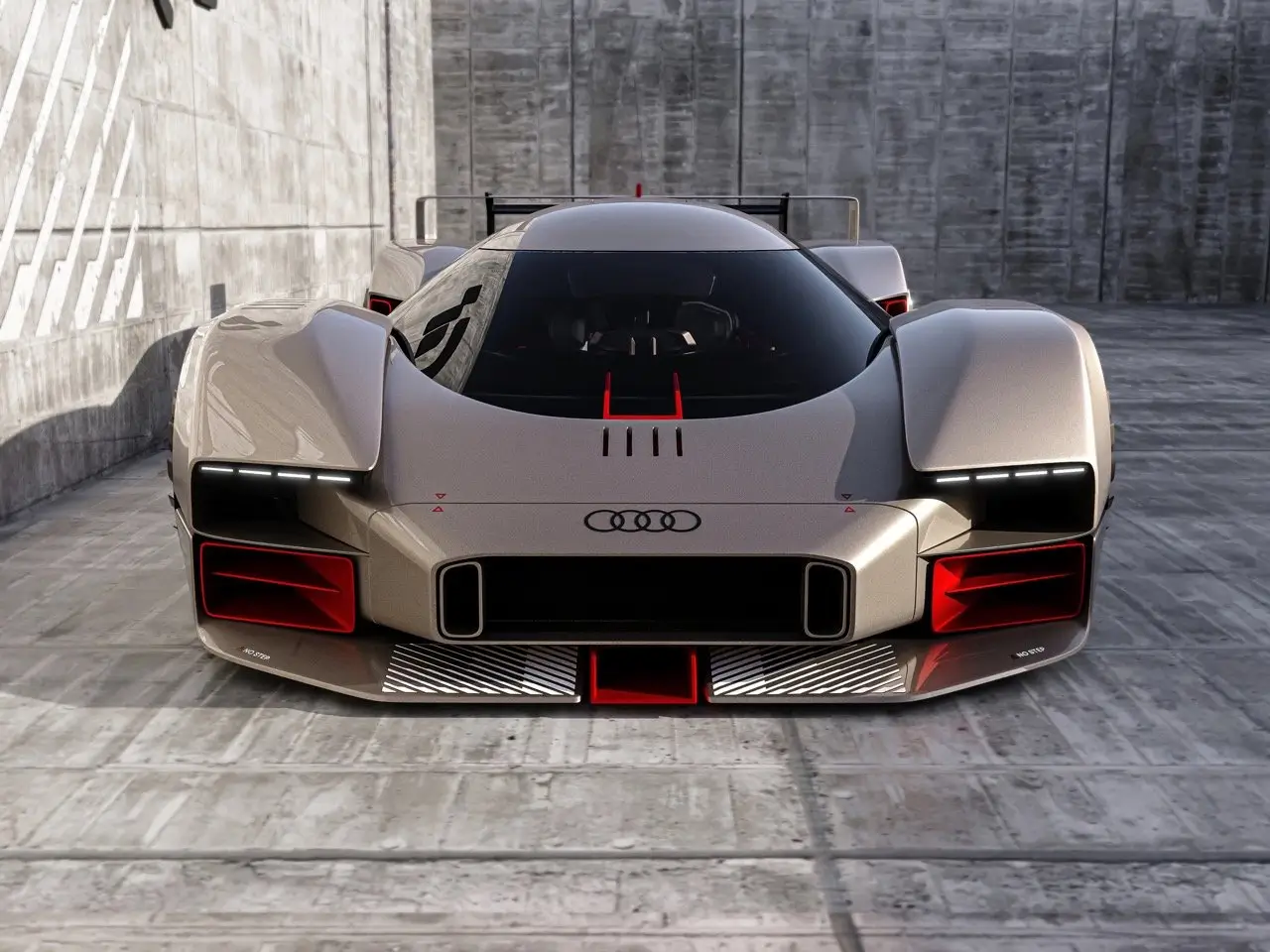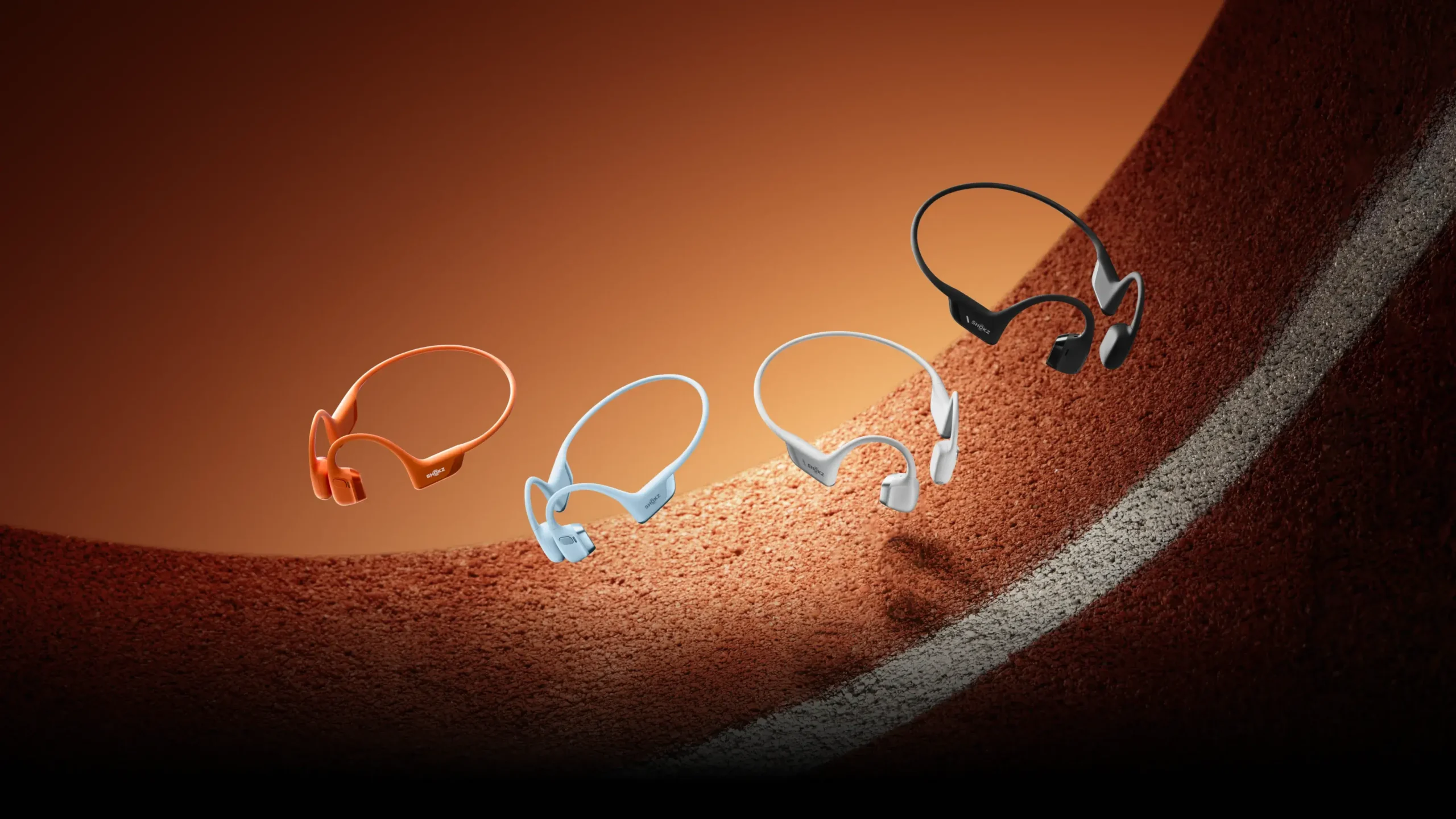
In the mythology of horology, some watches transcend function to become vessels of cultural memory—timepieces that resonate not just with precision, but with identity, heritage, and a peculiar, almost ineffable emotion. The TAG Heuer Formula 1 Solargraph, in its 2025 incarnation, belongs to this rare echelon. It is not merely a relaunch, nor a nostalgic reiteration. Rather, it is a reconstruction of sensory memory—a meditation on design, touch, and sound. It is the past reinterpreted through the prism of the present, invoking a harmony between human experience and mechanical craft.
Genesis: The 1980s and the Birth of the Formula 1 Spirit
The original Heuer Formula 1, launched in the mid-1980s, emerged during a volatile period in the watch industry. Quartz had upended mechanical orthodoxy, and brands were compelled to innovate not just technologically, but emotionally. TAG Heuer’s answer was the F1: a resilient, youthful, and boldly colorful model that spoke to a new generation of wearers.
At its epitome, the original F1 was about sound. It was about the unidirectional bezel—its clicks, its resistance, the tactile feedback that became a kind of ritual. These clicks weren’t just mechanical; they were declarations. They communicated robustness, utility, the readiness of a dive watch that doubled as a statement on the wrist. Material innovation in fiberglass-reinforced cases and rubber straps further amplified this ethos: the Formula 1 wasn’t polished; it was purposeful. The sound of the bezel clicking became a defining audio signature, akin to the roar of Formula 1 engines that inspired it.
The Present Moment: Softness in Form, Stillness in Function
Now, decades later, the Formula 1 Solargraph does not echo its predecessor—it responds to it. While the earlier model thumped with youthful boldness, the 2025 interpretation whispers in nuance. The bezel movement has been softened, the audible clicks replaced by a smoother, gliding motion. It is no longer about commanding attention through noise. It is about inviting presence through touch—through gesture.
This time, the designers at TAG Heuer have chosen a bidirectional bezel with subtle resistance, emphasizing grace over grit. Rotating the bezel is less about countdown timing and more about reconnection—a fidget that becomes meditation, a mechanical motion that mirrors mindfulness. This transformation doesn’t mute the watch; it refines it. It replaces adolescent bravado with grown sophistication.
The case contours are also refined—fluid, tactile, organic. The 40mm universal sizing responds to a new generation that doesn’t subscribe to the rigidity of gendered watch dimensions. The brushed and sandblasted surfaces create a feeling not of preciousness but of intimacy. Like sea-washed stone or driftwood in the hand, the Solargraph invites handling, not reverence.
Light as Fuel, Memory as Power
The Solargraph, as its name implies, is solar-powered. At first glance, this may appear a simple matter of utility. But within TAG Heuer’s design context, it is a philosophical gesture—a reclamation of natural time. The watch charges in sunlight, which means it doesn’t merely tick—it remembers. It stores light, translates it, and releases it steadily. It is not just measuring time; it is digesting the day.
This notion becomes poetic when paired with memory. As the editorial voice reflects, many of us first encountered the TAG Heuer name through the feverish spectacle of Formula 1 racing—broadcasts that etched themselves into childhood afternoons, eyes fixed on the track, ears attuned to the pitch of engines, and wrists aspiring toward that elusive symbol of speed and precision. The Solargraph does not replicate those memories; it interprets them. It suggests that time, too, can age gracefully—shifting from adrenaline to ambiance, from noise to reflection.
Design Reinterpreted: The Architecture of Feeling
Unlike many reissues that cling to fidelity, the Solargraph’s architecture is entirely contemporary. The watch is forged from Grade 2 titanium, an alloy that balances weightlessness with strength. The carbon composite dial is imbued with luminescent pigments that glow after exposure to light—a fusion of visibility and allure.
The bracelet and strap options—ranging from matte rubber to hybrid textile—are integrated seamlessly with the case, ensuring not just comfort but continuity. There are no harsh edges or clumsy transitions. This continuity is design as emotional engineering—a sensorial experience rather than a visual one alone.
One could argue that the Solargraph is designed less to be seen than to be felt. This is particularly clear in the interaction of materials. The satin finish of the case invites fingers to trail its surface. The rubber strap, textured with subtle ridges, feels almost like a fingerprint—intimate, human, living.
Technological Equilibrium: Sustainability Meets Luxury
While the aesthetic evokes emotion, the mechanics deliver precision. The Solargraph is equipped with the Caliber TH50-00, a movement co-developed with La Joux-Perret. It features a power reserve of up to six months on a full solar charge and can regain a day’s worth of power in just two minutes of direct sunlight.
This commitment to eco-conscious horology reflects a shift in TAG Heuer’s design philosophy. The Solargraph is not a gadget; it is an ecosystem. It functions without waste, without battery replacements, and without interruption. The wearer becomes a kind of custodian of light, tending to a timepiece that is both sustainable and timeless.
This equilibrium between technical sophistication and philosophical depth elevates the Solargraph beyond a sports watch. It enters the realm of design as dialogue—between past and future, silence and sound, motion and rest.
A Watch that Listens, Not Just Tells
Perhaps the most radical element of the Solargraph is what it chooses not to do. It does not tick loudly. It does not dazzle with opulence. It does not shout. Instead, it listens—to the body, to light, to the rhythms of a slower, more intentional life.
To engage with this watch is to slow down. It invites its wearer not to chase time, but to accompany it. This ethos feels especially relevant in an age dominated by relentless notifications and digital urgency. The Solargraph is analog mindfulness—a moment of pause on the wrist.
The choice to mute the signature bezel click, once a symbol of robustness, now becomes symbolic in a different way. It suggests that strength is not only in sound, but in stillness. Where the original F1 watch declared, the Solargraph intuits. It is a tactile object imbued with inner quiet.
A Hustle
In today’s saturated watch landscape—where every heritage brand seems caught in a recursive loop of vintage revivalism—the TAG Heuer Formula 1 Solargraph represents a rarer, more thoughtful trajectory. It acknowledges its past without replicating it. It embraces nostalgia without fetishizing it. It offers a new paradigm for what a modern watch can be: not just a keeper of time, but a companion in it.
More than its materials or specifications, the Solargraph’s true innovation lies in its emotional engineering. It recreates childhood awe not through mimicry, but through maturity. It allows wearers to reconnect with their first encounter with TAG Heuer—perhaps in front of a television, perhaps at a race track—but does so through the lens of adult introspection.
Timepieces are often described as tools. The Solargraph is more: it is a ritual, a meditation, a soft murmur of time in an increasingly loud world. For TAG Heuer, this is not merely a relaunch—it is a reinvention of interaction. For the wearer, it is not simply a watch, but a mirror of memory.
No comments yet.









